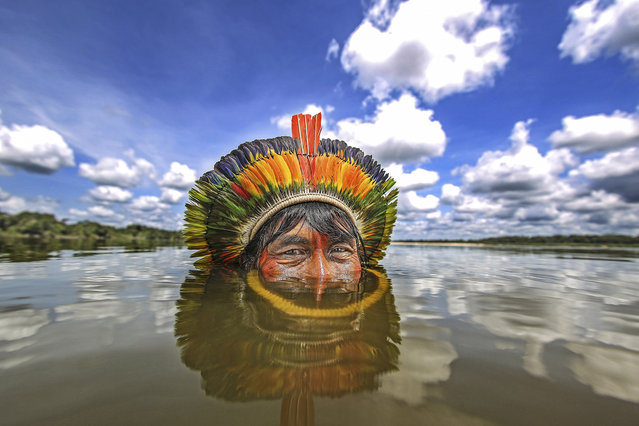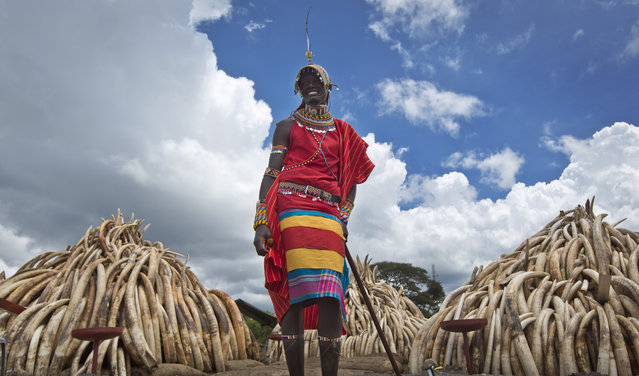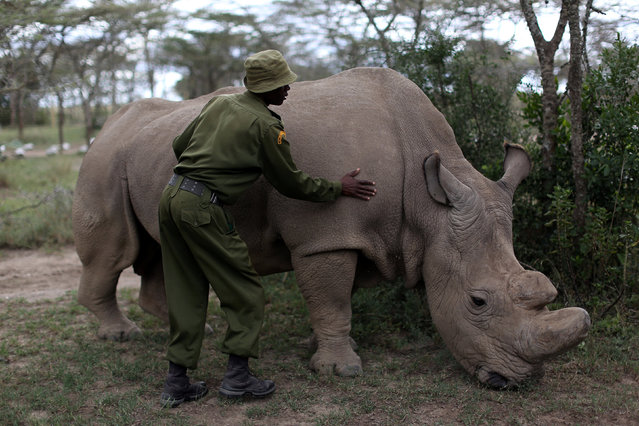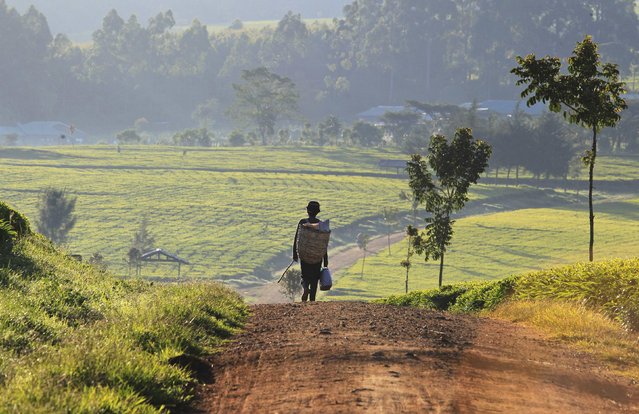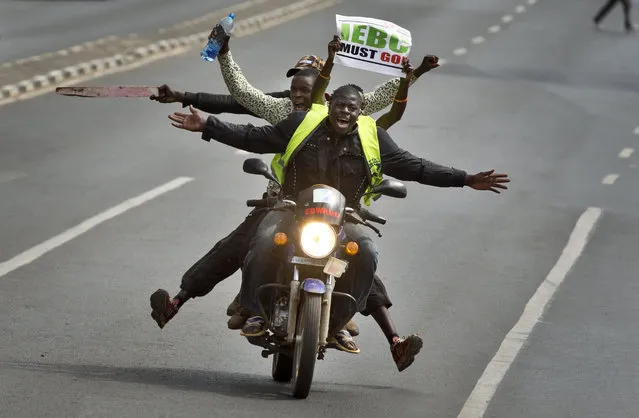
A motorcycle carrying protesters holding a placard using the acronym of the national electoral commission, drives ahead of demonstrators on foot calling for the disbandment of the commission over allegations of bias and corruption, in downtown Nairobi, Kenya Monday, June 6, 2016. (Photo by Ben Curtis/AP Photo)
07 Jun 2016 13:26:00,post received
0 comments


